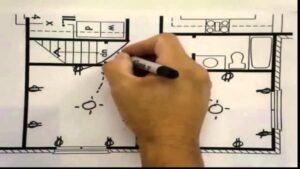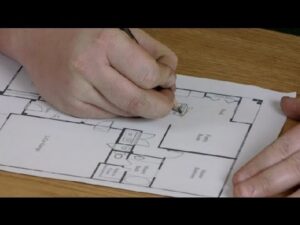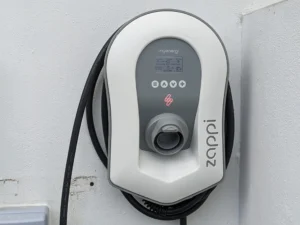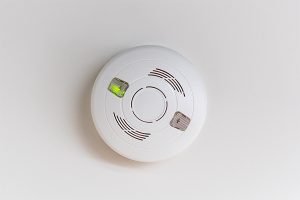Mapping your home’s circuits is essential for verifying which devices is connected to each circuit and is determined by shutting down the breakers one by one.
Understanding Your Circuits
Each electrical panel has electrical wiring that carries voltage running to and from the electrical outlets. Hotwiring transmits electricity from the breaker box to the electrical outlets, lights, and other devices. The neutral wiring carries the power back. When a breaker is flipped, a circuit is interrupted, making it safe to work on. The circuit map on your electrical panel will indicate the different circuits which are labelled “bathroom,” “living room” etc.

In some cases, light fixtures will be on one circuit and your wall outlets on another.
Where To Start
- Mapping your electrical panel will require two persons, one at the board itself and the other on walking around, communicating with walkie-talkies or cell phones.
- The circuit breakers must be clearly numbered before starting.
- The person walking around must have a notepad, pen and outlet tester.
- Switch on all lights, electronics, and appliances except for computers that need to be shut down correctly.
- The person at the panel must start shutting down the breakers, one at a time, beginning with large double-pull breakers which control large appliances such as air conditioners, oven dryers, etc.
- The person moving around should then check which lights or devices are deactivated by using the outlet tester. All nearby lights and outlets must be checked to confirm that they’re completely dead.
- Take detailed notes every time you’ve determined what is running on a circuit. An extra helpful step would be to remove each switch plate and outlet cover and write the breaker number on the back of each before putting it back. This way, if an residential electrician needs to perform repair work, they can immediately see which breaker must be switched off.
Mapping
- After all circuitry information is collected, there is still a few things that need doing, starting with resetting the clocks on digital electronics.
- A simple format for mapping is by creating a numbered list which contain detailed descriptions of outlets, rooms, fixtures, and your large appliances and on which circuits they are connected.

- Many circuit maps are located on the breaker box door and are written on large decals. If you’re creating a new map, you can consider printing in on paper and placing it into a plastic document sleeve which can be attached to the breaker box door. This way the map is protected from moisture and dust and when you need to document changes at a later stage, it’s easy to replace the map.
Conclusion:
Mapping your circuits is a safe and straightforward task that any homeowner can perform, irrespective if you haven’t pulled the breaker switches on your electrical panel before. However, if you find anything irregular throughout the process such as dead outlets or sticky circuit breakers etc. its best to call an experienced and licensed electrician to check that everything is working and to help you finish the job.
Contact us today on (08) 9220 5201








